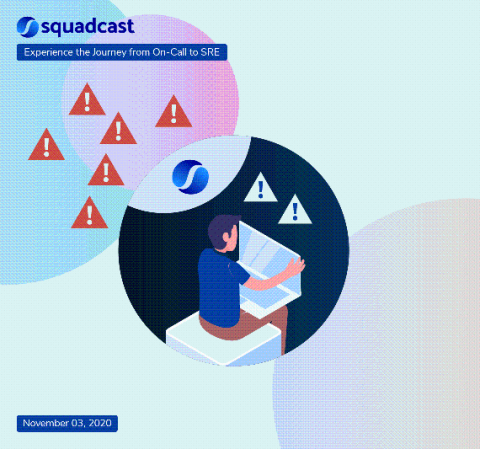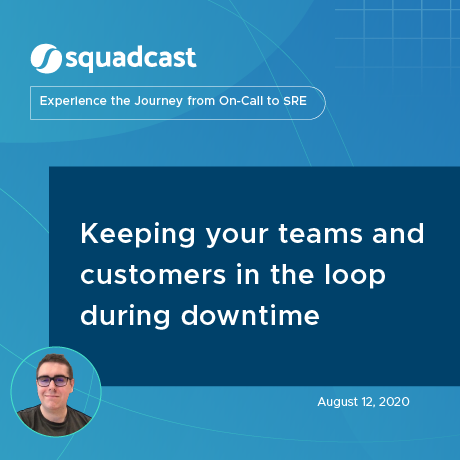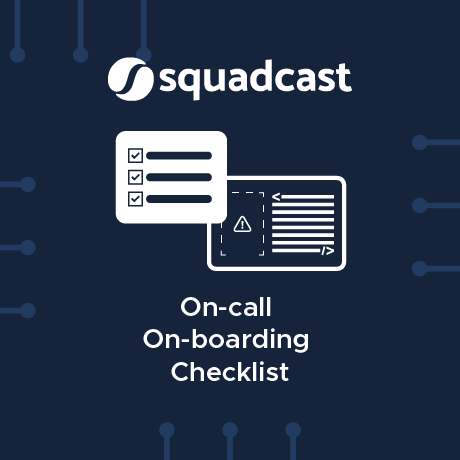Curb alert noise for better productivity : How-To's and Best Practices
On the quest to provide the best uptime, software platforms depend on complex interconnected microservices. This often leaves them vulnerable to cascading failures creating a massive deluge of alerts from monitoring tools when things go wrong. In this blog, we explore how Squadcast can be configured to curb alert noise for better productivity with the help of the most advanced deduplication features.











